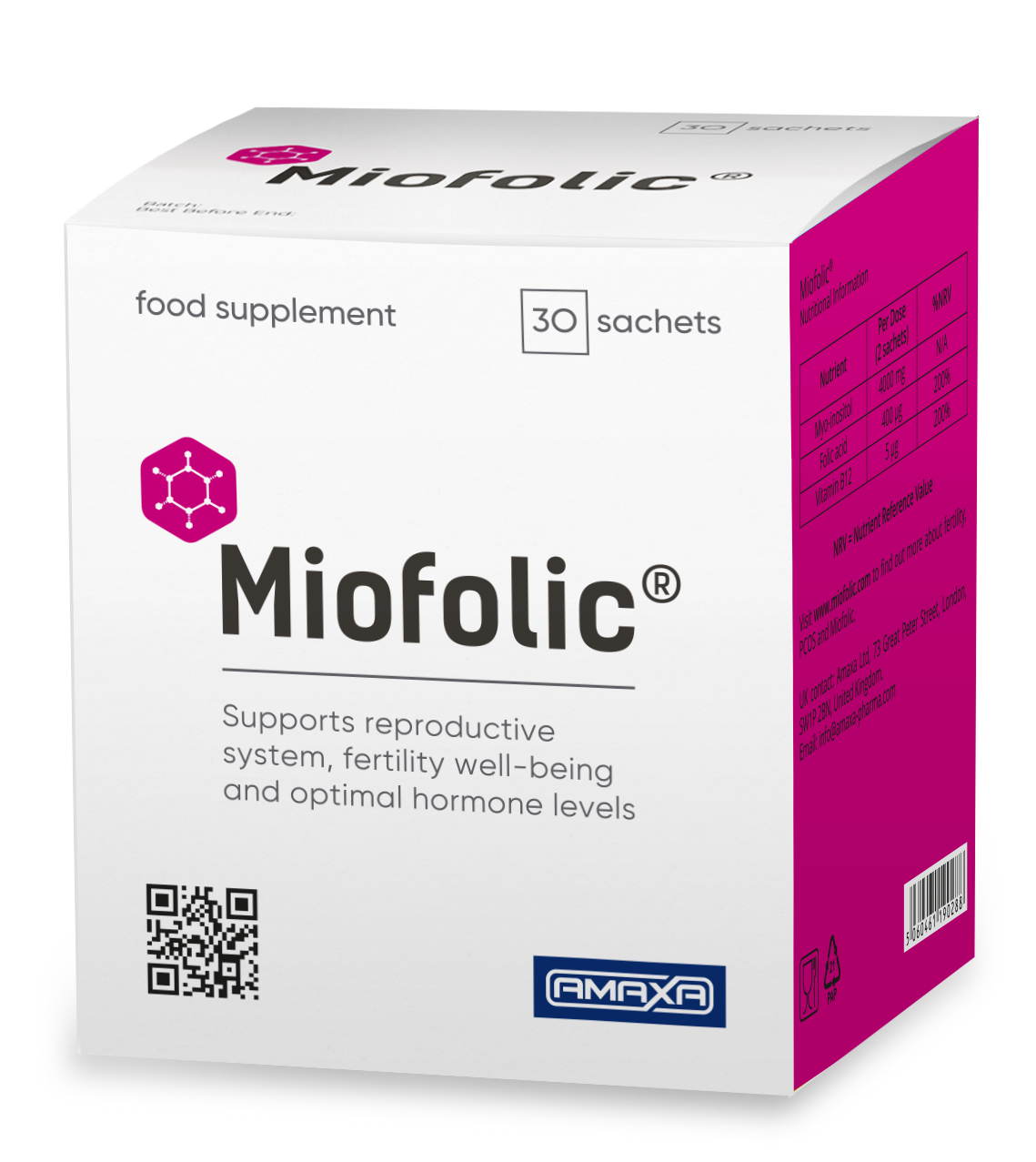Why is it important to prepare for pregnancy?

Gynecologists state that while pregnancy and childbirth may be positive for a woman’s body, they might still be stressful.
The woman’s health condition at the time of conception directly affects not only the child but also the gestational course and childbirth.
It is very important, therefore, to make sure that the body is ready to conceive, bear and give birth to a healthy baby. Many difficulties can be avoided if a woman prepares for pregnancy in advance.
When is it best to plan a pregnancy?
According to experts, the best age physiologically to have a first baby is between 21 and 26 years. By this period, the woman’s body is fully formed, the endocrine profile (hormone balance) has stabilized, and the tissues of the joints and ligaments are elastic and can easily bear a considerable burden: all this will contribute to a safe pregnancy. It should also be noted that as age increases, the fertility of both partners is reduced and the risks of complications increased.
When is it best to prepare for pregnancy?
Only 20% of women plan their pregnancy. For those who do, the question is, which way and how many months in advance is it necessary to start preparing for conception so that the pregnancy is most likely to be successful?
It’s not enough to simply want to give birth to a healthy child. To have a normal gestational course and a healthy baby, it’s necessary to begin preparing for pregnancy at least 3 months before conception.
What should couples do when they find it hard to conceive?
Around 15% of couples have difficulties with conception. Even when the woman is completely healthy …
Where is it best to start preparing for pregnancy?
Probability of conception in a woman who smokes is three times lower than that of a non-smoker. Nicotine adversely affects the vascular system of the whole body, including the fallopian (uterine) tube vessels. This can lead to a loss of flexibility and blood microcirculation disorder. As a result, the mobility of the inner epithelium of the fallopian tubes decreases and the movement of the mature egg towards the spermatozoon slows down. This directly affects the possibility of conception.
Smoking (including “passive”) and alcohol consumption during pregnancy often lead to low weight of a new-born. They also increase the risk of miscarriage, lead to congenital pathologies and adversely affect the mental abilities and behavior of the baby.

It is especially important, therefore, for a woman to stop smoking and drinking at least 3 months before conception. This will increase her chances significantly.
Additionally, women should start taking folic acid 3 months in advance. Folic acid intake in pregnancy planning prevents the development of the fetal neural tube defects, cleft lip and palate, and heart, limbs and urinary tract defects. Folic acid prevents impaired fetal growth and reduces the risk of low birth weight.
The daily requirement for folic acid for a woman preparing for pregnancy is 400 micrograms. This can be provided by taking the Miofolic drug at a dose of 2 sachets per day.
How should a woman prepare her body?
The most important period in the fetal formation is 2-8 weeks. This is when the internal organs of the baby begin to form. To reduce the risk of harm to intrauterine (internal organ) development, a woman should visit her doctor before the expected conception. The doctor will tell her what she needs to do and what changes she needs to make so the pregnancy starts and flows successfully.
Before pregnancy, it is very important for a woman to be tested to detect the presence of TORCH infections (five infections caused by pathogens transmitted from a mother to her baby during pregnancy or childbirth) as they can harm the intrauterine development of the baby and even lead to its death.
During pregnancy, it is generally undesirable to contact people who have infectious diseases.
Future mother’s weight
During the pregnancy planning stage, women need to bring their weight to normal.
Underweight women often have problems with fertility. Due to the very small amount of fat, there can be hormone production disorders and, in particular, the level of estrogen decreases. This leads to menstrual disorders and is one of the causes of infertility.
Excess weight is also often accompanied by hormone imbalance, which leads to difficulties with conception, and can lead to poor tissue susceptibility to insulin action and the development of metabolic syndrome. Considering that during pregnancy, a woman gains between 8 and 18 kilograms, excessive weight inevitably leads to an additional burden on the joints of the legs and spine.
Weight loss needs to be gradual, no more than 500 grams per week, since a fast weight loss can cause menstrual cycle disorder or lead to amenorrhea (the absence of menstruation).
Regular physical exercise and a healthy diet will help women. It’s not necessary to immediately run to the gym. Start small with walking or cycling.
Diet when planning pregnancy

When planning pregnancy, diet directly affects the fertility of both partners. Excess sweets, breads, fast food and alcohol should be eliminated, and caffeine consumption reduced. More vegetables, fruits, herbs and dairy products should be included.
Vitamins play an important part. Attention should be paid to calcium, iron and vitamin B9 (folic acid).
The recommended daily allowance of folic acid before conception is 400 mcg, in order to reduce the risk of neural tube defect developing in a baby. Folic acid is contained in green products (green onion, spinach, parsley, lettuce, etc.), in legumes (beans and lentils), in coarse flour, and in beets and carrots.
Folic acid, contained in food, is in a biologically inactive form and is not absorbed by the body directly. The presence of a special enzyme – methyltetrahydrofolate reductase – is required for its metabolism. But 30-40% of people have a gene mutation (C677T polymorphism) that leads to the inability to ingest and metabolize folic acid from food. That’s why it’s necessary to take folic acid, preferably in an active form, ready for digestion by the body.
The folic acid present in Miofolic complex is in the active form. The daily requirement for folic acid for a woman preparing for pregnancy is 400 micrograms. It can be provided by taking the Miofolic drug at a dose of 2 sachets per day.
Helpful tips
- To increase the chances of conceiving and having a safe pregnancy, avoid stress, overwork and heavy physical labor.
- Take 2 sachets of Miofolic per day to improve reproductive function and normalize the hormone balance at all stages of preparing for pregnancy, as well as for its further safe course.
- Pets must be tested for toxoplasmosis: there is a risk of being infected by toxoplasmosis when cleaning up after a cat.
